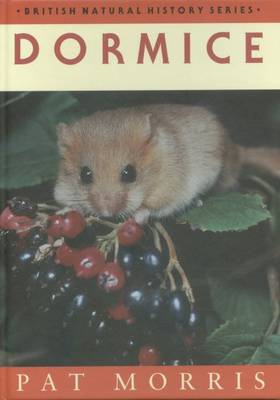British Natural History
2 total works
The first "Hedgehogs" book was published in 1983, and was a bestseller. Its unique blend of humour and scientific observation proved to have enduring appeal and the book has reprinted many times. Much has happened in the last 20 years, which is included here: a worrying decline in hedgehog numbers, the North Ronaldsay saga and the Uist problem. New research has been undertaken on the success of rehabilitating and releasing hedgehogs to the wild and on the effects of slug pellets. The book also critically evaluates designer hedgehog homes. This expanded version also has completely new illustrations by Guy Troughton.
Britain has two species of dormouse - the hazel dormouse, which is attractive, cute, and rarely bites; and the edible dormouse, which is not a cute creature at all. It is big, noisy, bad tempered and bites like hell. Unfortunately the hazel dormouse has become very rare, and needs a lot of cosseting; the edible dormouse on the other hand is an unwelcome visitor in houses where it gnaws electric cables and creates havoc. This book is an account of the fascinating intricacies of these two species - similar yet very different. Our native hazel dormice are so elusive that hardly anything was known about their ecology until Pat Morris and his students began studying the species in the early 1980s. Pat initiated conservation-related research, introducednationwide monitoring projects and, for ten years, jointly coordinated English Nature's Species Recovery Programme for the dormouse. The edible dormouse is not a native creature; Lord Rothschild let it out in 1902. Through his research into the native species Pat became drawn into working on the edible dormouse also and has unearthed many curious facts about it.As a result of these research and conservation programmes more is now known about dormice than about many mammals that are actually more common.
New information on both species has been included in the second edition of this amazingly informative book.
New information on both species has been included in the second edition of this amazingly informative book.

